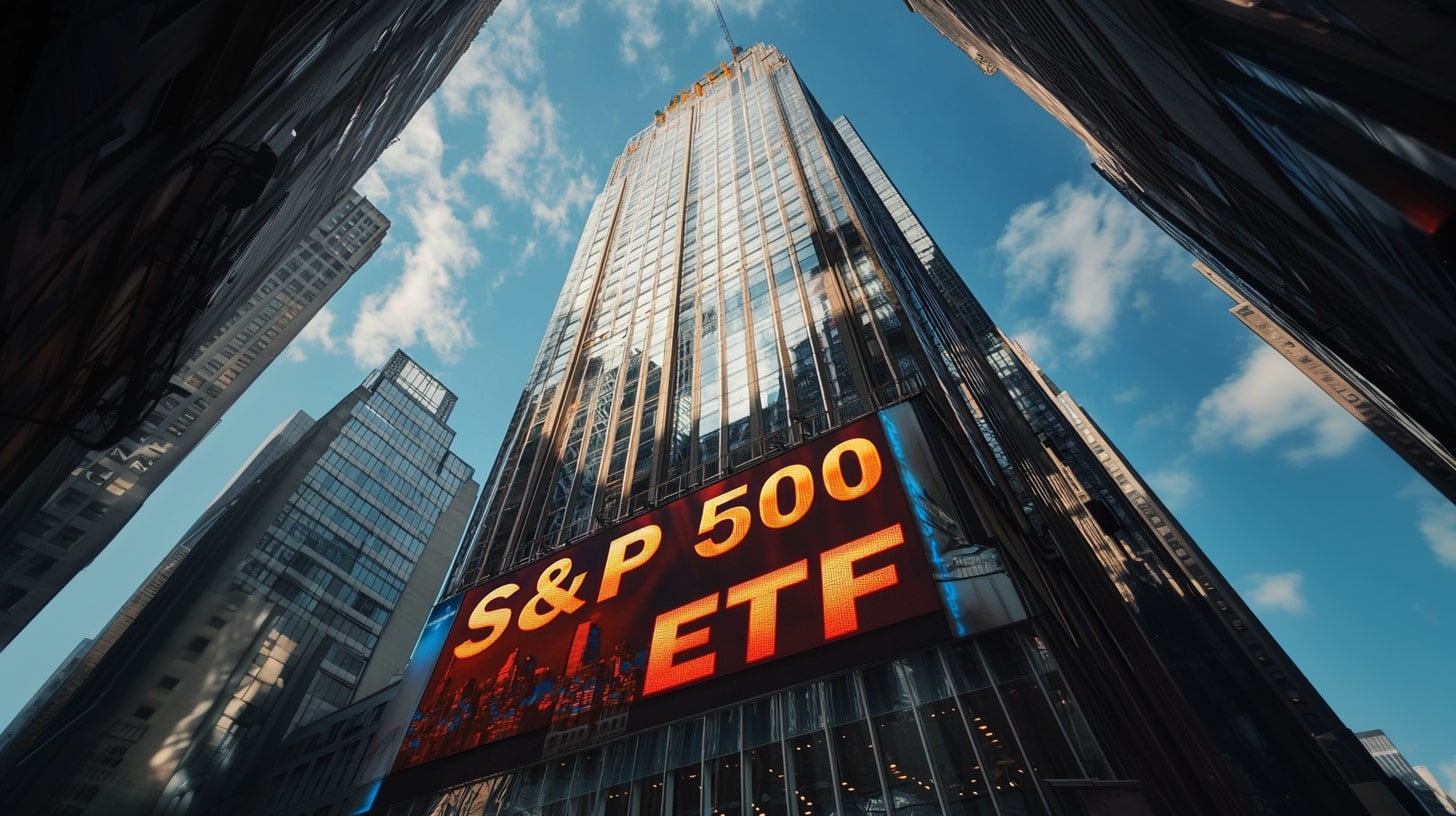
SPY: A Deep Dive into the SPDR S&P 500 ETF Trust Performance
Tracking SPY's Assets, Holdings, and Strategic Positioning Amid Changing Market Landscape | That's TradingNEWS
In the contemporary financial landscape, the S&P 500 (SPY) has been navigating through "overbought" conditions for the last five weeks. However, we are currently witnessing the initial phase of a correction, signified by a modest selloff. Despite this adjustment, the S&P has managed to maintain its position above the short-term trendline, showcasing the resilience of the near-term uptrend.
Reflecting on the state of the market, it's apparent that the June outcomes hint at the potential broadening of the market, opposed to a narrow advance led by the Big 7 and other momentum names. This development, which is indicative of an increasingly diversified market, is unquestionably a positive element.
The S&P 500's position was further solidified as it confirmed May's slight break above the long-term trendline. This comes on the heels of the NASDAQ's decisive breakout in May, marking a second month of bullish momentum. While the DJIA has been treading just above and below the long-term trendline for the past eight months, the Russell 2000 small caps (IWM) has been lagging, caught in a bearish trend since January '22.
Given this backdrop, an investor looking to capitalize on the uptrend would do well to exercise selectivity. Diversification is crucial in any investment scenario, eliminating the need for oversized positioning and preventing overreliance on a single sector.
SPDR S&P 500 ETF Trust (NYSEARCA: SPY) has seen a significant influx of net assets, adding $1.67 billion over the trailing week. This ETF, the first to be listed in the US when it was launched in 1993, tracks the S&P 500 Index. Currently, it has $413.19 billion in AUM and an expense ratio of 0.09%. The ETF has holdings in 505 companies, with the ten largest making up 30.43% of the fund. Among these, Apple Inc. (NASDAQ: AAPL) and Microsoft Corporation (NASDAQ: MSFT) are the largest, constituting 7.63% and 6.81% of the fund, respectively.
As we usher in Q3, it's clear that the pace of the second quarter has not carried over seamlessly. The first week of Q3 brought with it a dose of reality, reminding investors that markets can, and do, move in both directions. The heightened selling pressure also highlighted that the overbought conditions can have real consequences.
Interestingly, July has historically shown strength, a trend particularly evident over the past decade. In years when the S&P 500 surged significantly (10%+), the median performance during July, all of Q3, and the entire second half have all surpassed the historical norm.
Despite the bullish signs, it's prudent to consider possible threats to this rally. The prospect of UPS workers going on strike, a dwindling savings rate, and increasing personal consumption expenditures (PCE) - now at an all-time high of about 68% of GDP - all suggest a potential slowdown in the rally.
To navigate these uncertainties, strategies such as a long-dated strangle on SPY can offer a hedge against a possible volatility spike while aligning with the bull market trend. The implementation of this strategy would involve buying to open a $405 PUT and a $460 CALL for a 9/15/2023 expiration.
In terms of technical indicators, TipRanks' analysis tool indicates a Buy for SPY, with a 50-Day EMA of 425.76 and a current price of $438.55. Furthermore, its MACD also signals a Buy, while its RSI stands at 59.50, implying a Neutral signal. Analysts also suggest a Moderate Buy for SPY, predicting an upside potential of 10.35% with an average stock price target of $484.02.
As we approach the second-quarter earnings season, communication services and industrials have received the highest scores among the S&P 500 sectors according to Seeking Alpha's Quant Ratings. Moreover, S&P 500 revenues are expected to exhibit no year-on-year growth for the first time in ten quarters, according to equity strategist David Kostin. He cites weaker commodity prices and falling inflation, which could limit firms' pricing power, as incremental headwinds to S&P 500 sales growth.
Moving forward, several themes will likely dominate this earnings season: Margins, Credit, AI, and Results. It will be essential to monitor companies’ ability to drive profits by expanding margins and dealing with input cost inflation. Regional banks are expected to face challenges due to shrinking deposits, rising deposit costs, and further noninterest-bearing outflows. The potential for AI to revolutionize Info Tech, Communication Services, and other sectors cannot be underestimated. Lastly, the results from the Consumer Discretionary and Staples sectors will offer insights into current spending trends.
In summary, the S&P 500 (SP500) witnessed a modest retreat in the holiday-shortened week, closing at 4,399.03 points. As we continue to monitor these complex financial dynamics, investors should take a strategic, informed approach to navigate the ever-evolving market landscape.
That's TradingNEWS
















